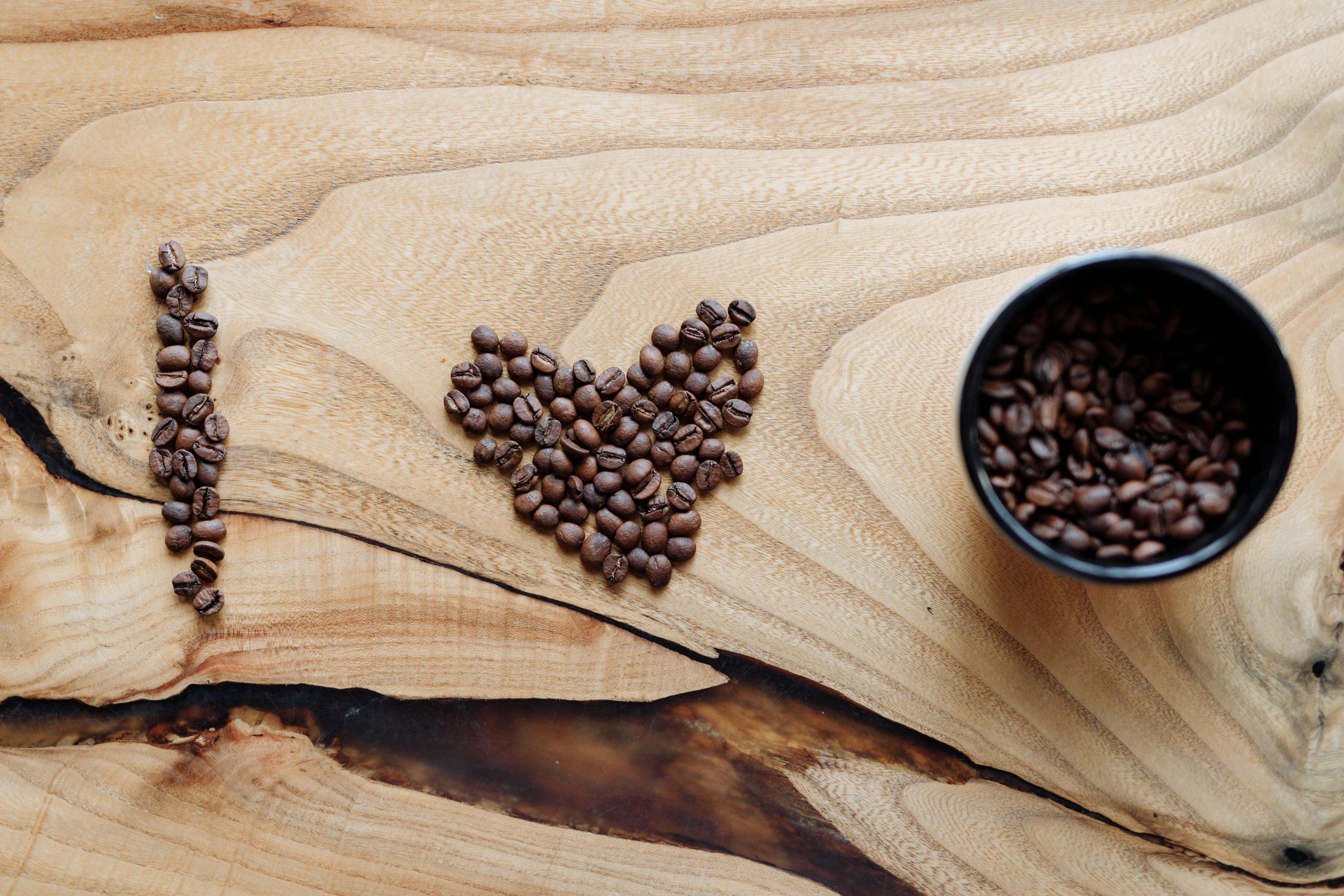Tough Thighs in Roasted Chicken
I’m really struggling with my roasted chicken!
Every time I cook it, the chicken reaches the safe temperature of 165°F—today it even surpassed that while I was trying to get the legs tender—but the thighs are still tough! Could it be that the connective tissue in the legs and thighs needs more cooking time?
I just can’t seem to find the right balance between achieving tender thighs and keeping the breast meat from drying out.
For reference, I baked a 3.5-pound spatchcocked chicken at 475°F for an hour. (I live at a higher elevation, so my cooking times tend to be longer than usual.)
Thanks in advance for any tips!

Leave a Reply
You must be logged in to post a comment.